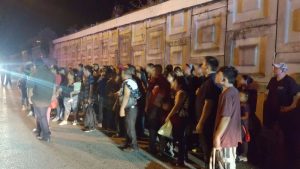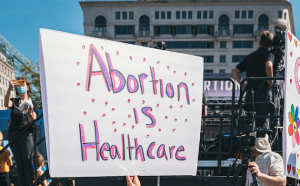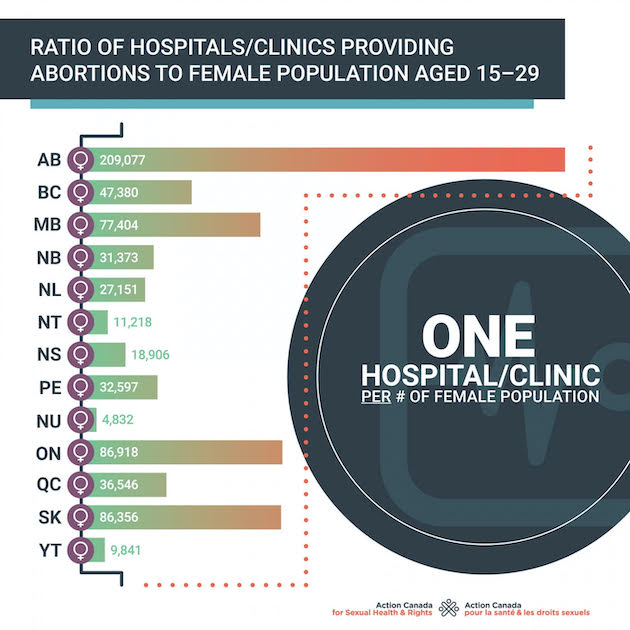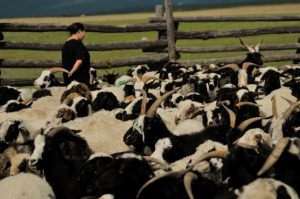Nyxoah to Release Second Quarter and First Half 2022 Financial Results on August 8, 2022
Mont–Saint–Guibert, Belgium "" July 19, 2022, 10:30pm CET / 4:30pm ET "" Nyxoah SA (Euronext Brussels/Nasdaq: NYXH) ("Nyxoah" or the "Company"), a medical technology company focused on the development and commercialization of innovative solutions to treat Obstructive Sleep Apnea (OSA), today announced that the Company will release financial results for the second quarter and first half of 2022 on Monday, August 8, 2022, after market close. Company management will host a conference call to discuss financial results that day beginning at 10:30pm CET / 4:30pm ET.
Investors interested in listening to the conference call may do so by registering for a unique personal PIN at the following link: https://register.vevent.com/register/BIfc3a52c9352e4e42958e9d816245b3b9. A live and archived webcast of the event will be available on the Company's investor relations website at https://investors.nyxoah.com/events.
About Nyxoah
Nyxoah is a medical technology company focused on the development and commercialization of innovative solutions to treat Obstructive Sleep Apnea (OSA). Nyxoah's lead solution is the Genio system, a patient–centered, leadless and battery–free hypoglossal neurostimulation therapy for OSA, the world's most common sleep disordered breathing condition that is associated with increased mortality risk and cardiovascular comorbidities. Nyxoah is driven by the vision that OSA patients should enjoy restful nights and feel enabled to live their life to its fullest.
Following the successful completion of the BLAST OSA study, the Genio system received its European CE Mark in 2019. Nyxoah completed two successful IPOs: on Euronext Brussels in September 2020 and NASDAQ in July 2021. Following the positive outcomes of the BETTER SLEEP study, Nyxoah received CE mark approval for the expansion of its therapeutic indications to Complete Concentric Collapse (CCC) patients, currently contraindicated in competitors' therapy. Additionally, the Company is currently conducting the DREAM IDE pivotal study for FDA and US commercialization approval.
For more information, please visit http://www.nyxoah.com/.
Caution "" CE marked since 2019. Investigational device in the United States. Limited by U.S. federal law to investigational use in the United States.
Contacts:
Nyxoah
Loc Moreau, Chief Financial Officer
corporate@nyxoah.com
+32 473 33 19 80
Jeremy Feffer, VP IR and Corporate Communications
jeremy.feffer@nyxoah.com
+1 917 749 1494
Attachment















